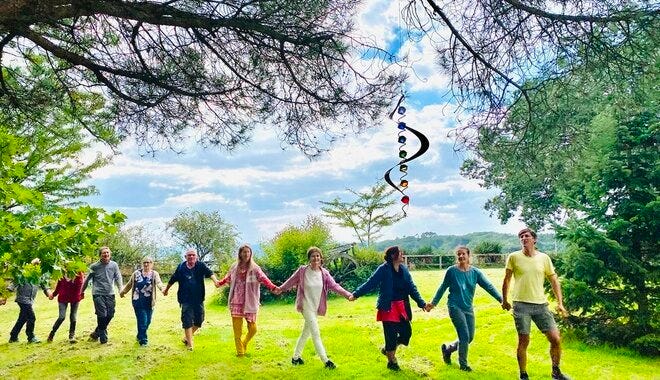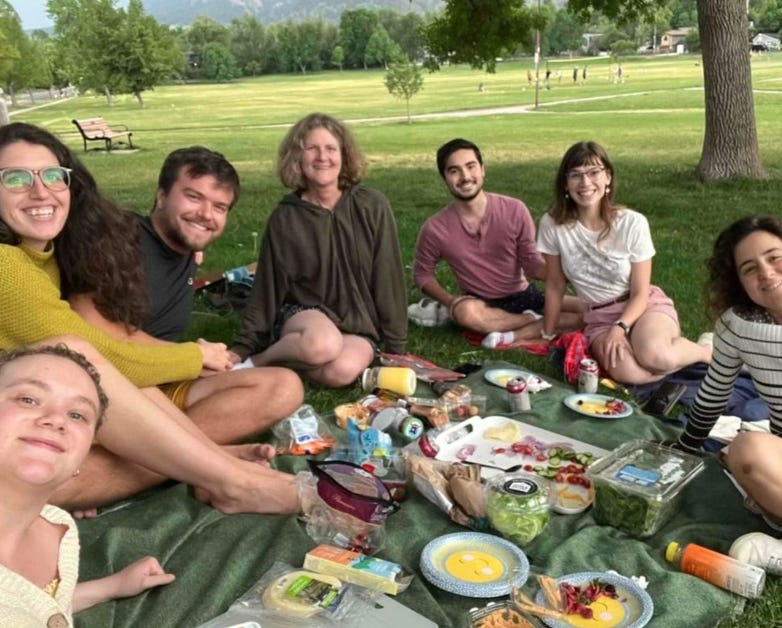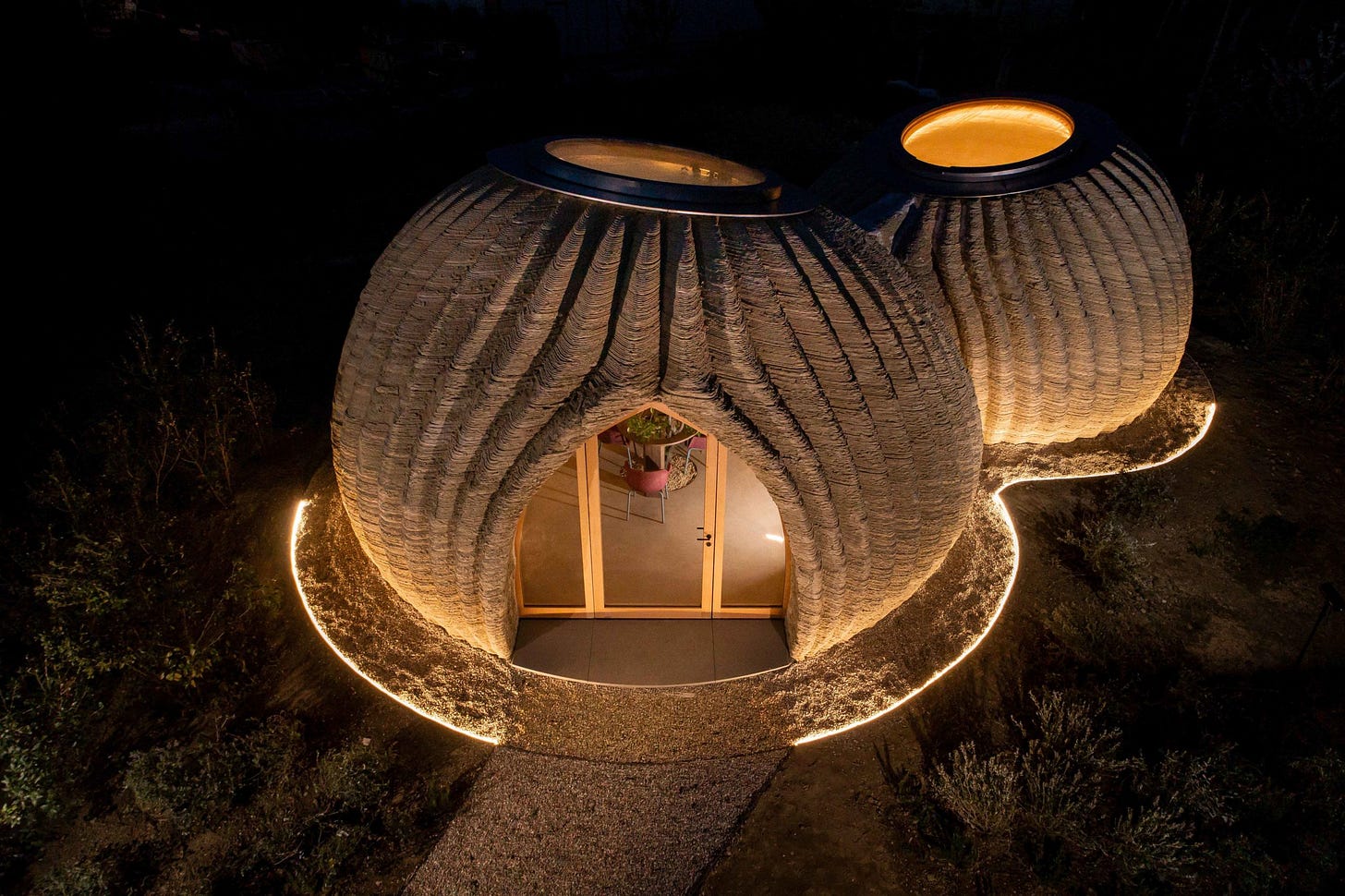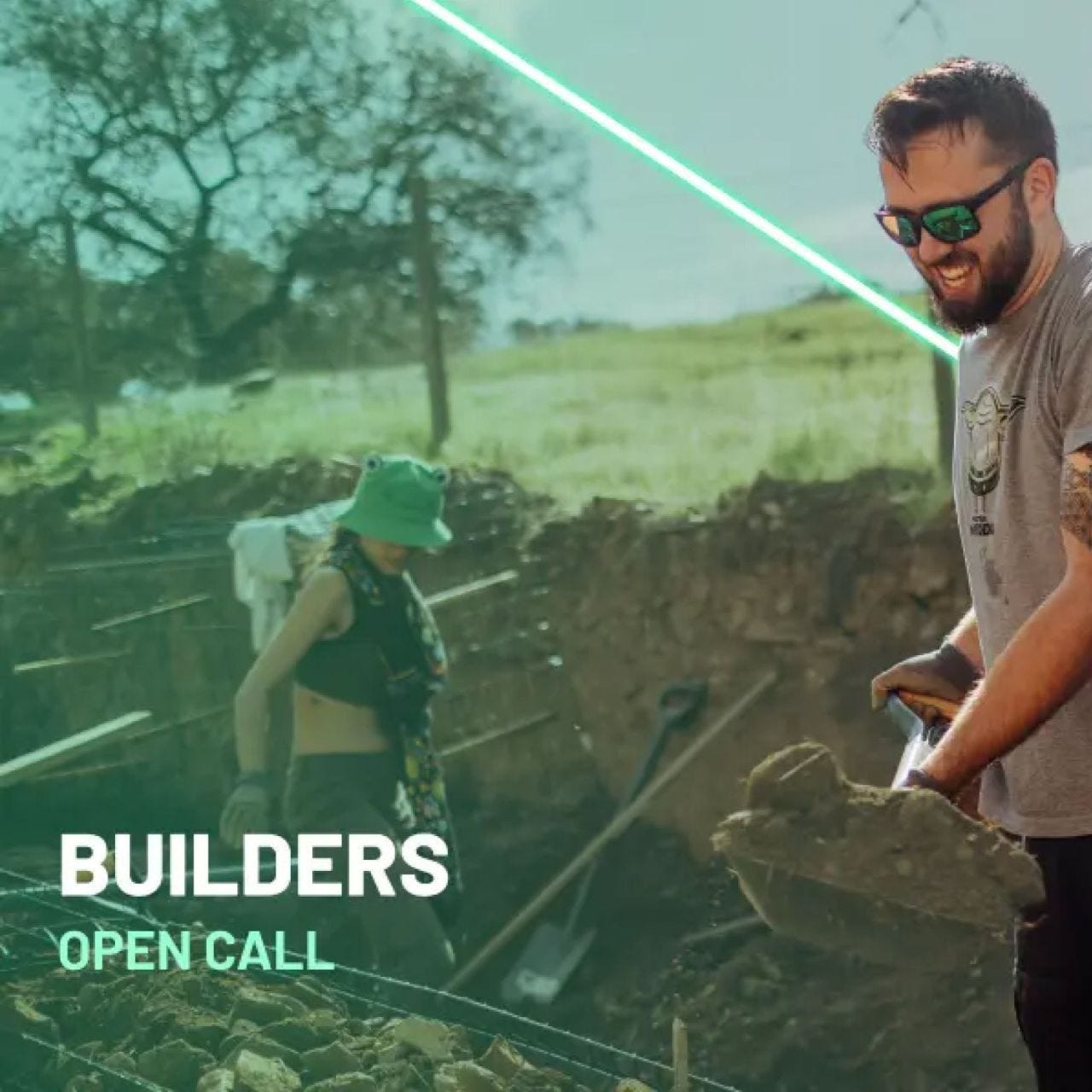Why "Building in Public" Is the Best Marketing Strategy for Your Community
The most consistently successful community marketing strategy
I’m warning you now, better kiss your perfectionism goodbye.
Unveiling a polished, finished, flawless product is no longer enough to captivate an audience.
Today, people are more interested in the journey than the destination.
Our pop culture values authenticity and transparency. The way you market your community project will determine if you motivate people enough to want to become part of your community…or ignore every promotional post you make.
And communities don’t exist without members.

This is why I’ve concluded that the best strategy is to build in public—a phrase I heard first from my colleague,
, although he credits the Build In Public Startup Hub. This approach means sharing your successes and failures, showcasing your decisions, and inviting people into the process early on. Yes, it’s a marketing strategy, but it’s also a way to create genuine engagement, build trust, and foster excitement for your community.I’ve spent 3 years marketing for land-based communities. I have been the Marketing Director for everything from a regenerative neighborhood startup, Regen Tribe, to commercial ecovillages like La Ecovilla, to the Global Ecovillage Network.
If you are building physical community spaces, this article is for you.
Here’s why “building in public” is the most consistently successful strategy that I’ve seen—and how it can transform your community-building efforts.
Welcome and thanks for being here. If you’re ready to take your community to the next level, I typically consult visionaries building regenerative community land projects to hack their growth strategy and create authentic content. If you’re interested, you can get in touch here:
1. People Love a Good Story
Humans are hardwired to connect with stories. When you build in public, you’re acting out your own hero’s journey for the people watching. You’re telling a story of hope, challenges, and triumph.
Behind the scenes and b-roll is just gold for this.
Every decision you make, from selecting the land to designing the governance model, becomes part of a narrative that people can follow. Sharing your highs (like securing funding or a particularly stunning design) and your lows (a zoning setback or unexpected costs) makes your project relatable and human.
Instead of simply marketing a product, you’re inviting others to become emotionally invested in your journey.
Case Study: Azhen Sanctuary
Nobody has done this better than the Live the Offgrid Dream guys. They actually created a whole formula for their storytelling that they used over and over in every single piece of content: Vision, Problem, Solution, Ask. They used this to crowdfund enough money to buy 160 acres and start an offgrid community where they teach this method to others.
2. Building Trust Through Transparency
Let’s face it—building a land-based community is no small feat, and it’s not without its challenges. By openly sharing your struggles and how you navigate them, you build trust with your audience.
Transparency in your decision-making process shows that you’re not posturing or hiding behind a facade. Instead, you’re being honest about the complexity of the work, which reassures people that they’re following a genuine effort.
This trust can be invaluable when you’re ready to bring in residents, collaborators, or investors. People want to support projects they believe in, and authenticity is the fastest way to earn that belief.
The bonus is that you teach other community builders how to avoid your mistakes, and we all win by get more thriving communities out of it!

Case Study: neos.life
neos·life runs a substack that regularly publishes their village building updates to the world. They were very transparent when it came to revealing that they’d brought in a partner that now was trying to bid for the land themselves instead of collaborating.
In a miraculous effort to close on the land before the seller decided to take the other person’s offer, they disclosed all of this to the public and were able to gain traction in the form of crowdfunded investment, which bought them the time they needed.
3. Turning Supporters into Advocates
When you build in public, you give your audience a reason to root for you. They’re not just passive observers; they’re part of the journey.
This kind of engagement can inspire those people to want to support your project in ways that don’t necessarily direct benefit them — they just believe in you.
Your supporters then turn into advocates. They’ll spread the word, invite others to follow along, and may even become future residents, donors, or collaborators.
Case Study: Cabin
Cabin, in the process of building a network of sustainable neighborhoods, created something called “Supper Club”. They reimbursed anyone willing to host a dinner in Cabin’s name (up to $400) in order to gather likeminded people and start building the worldwide Cabin community.
They could have spent quadruple on virtual marketing schemes, but guess what? It worked, and Cabin is now one of the leading voices in the network state community.
4. Crowdsourcing Solutions & Feedback
One of the unexpected benefits of building in public is the wisdom (and social wealth) of the crowd. By sharing your plans and asking for input, you can tap into an abundance of ideas, perspectives, expertise, AND networking connections.
This is one form of community-led development1.
For example, if you’re debating between two potential governance models, why not ask your audience? They may suggest options you hadn’t considered or point out potential pitfalls.
This not only strengthens your project but also deepens your connection with your audience. People love to feel like their opinions matter—and when they see their ideas reflected in your project, they’ll be even more invested in its success.
Additionally, they may connect you with just the person that you’re looking for.
Case Study: Eternità
I launched my own series called “Village Builder Insider” through this publication, and have been transparently sharing updates and my process on a longevity smart village I am building in Sardinia. I’ve gotten great feedback, suggestions, networking recommendations, and support. Now, Eternità has it’s own publication, which you can follow here:
5. Getting Member-Founders Who Invest in the Community Early On
You will get a variety of people interested in your community. From the “call-me-when-it’s-built” types, to the “let’s-build-it-now” types.
Early on, what you’re looking for are the highly aligned, highly invested co-founders who are willing to take on the same risk and responsibility as you. These are the best types of community members to have when you are in the early stage.
Of course, building in public allows you to capture the first type as well to call on the others later, when it is built.
Building in public allows you to offer special discounts early, and motivate people to get involved before prices naturally rise.
Case Study: Future Thinkers and Traditional Dream Factory
These communities offered tokens as a way for extant community members to get involved and even feel like they owned a small part of the project (even if their “share’s worth” was only a single night’s stay. They were obviously very public with their launches, and were able to raise some funds to complete some stages of their development / acquisitions.
In addition, the build in public mindset allows you to involve work trade and residencies, like TDF’s open call for builders.
6. Generating Buzz Before You Launch
One of the biggest mistakes community builders make is waiting until their project is complete to start marketing it. But by then, you’ve missed months—if not years—of potential engagement.
Building in public allows you to generate excitement while you’re still in the development phase. Instead of unveiling a finished community to a cold audience, you’ll have a group of people who are already excited, emotionally invested, and ready to take the next step—whether that’s moving in, donating, or simply cheering you on.
Case Study: Regen Villages
Regen Villages made a splash long before they ever had a physical land site secured. They had tens of thousands of families signing up to be on the waitlist for these villages, without even being sure of all the locations that they would be built. This was mainly due to exposure through the founder, James Ehrlich, who gave two TEDx talks on the concept of their village.
ONE CAVEAT:
Regen Villages has been promoting for years without many regular updates to its website or socials. They are successfully going forward, but these successes aren’t shared. So just announcing a project early on is not as effective as providing regular updates and truly practicing the authenticity and vulnerability needed for you to build in public.
How to Start Building in Public
If this strategy resonates with you, here’s how to get started:
Pick Your Platforms: Share your journey on your preferred social media platforms. You don’t have to dominate all of them, just pick 1-2 that are most appropriate for the style of content you share.
Document Everything: Take photos, videos, screenshots, and notes at every stage of the process. You’d be surprised how powerful these can be.
Be Honest: Share both your victories and your setbacks—authenticity is key.
Engage Your Audience: Respond to comments, ask for feedback, and make your audience feel like they’re part of the process.
Keep It Consistent: Regular updates are essential to keeping people engaged and make it feel like your project is constantly making progress.
A Final Thought: Building in Public is Building Community
Do you really need more reasons to start building in public?
If you’re ready to take your project to the next level, don’t be afraid to open the doors and let people in.
You obviously have to make careful considerations about when it is appropriate to start building hype for your project, because if you start too early, or without proper preparation, things will fizzle out and people lose interest.
If you’re interested to read more community building strategies like this, I suggest becoming a free or paid subscriber of Terrenity
Connect with Nicole
Are you new here? Subscribe to this newsletter for free
Follow me on LinkedIn for more insights
Make an inquiry for 1:1 community marketing consulting
Further Resources
Community-Led Development by Sherri Torjman and Anne Makhoul







Amazing stuff Nicole! I have also learned this term from Victor and it has inspired me ever since.
I'm stepping into it more and more myself, for example with my recent article about printing money: https://paradisetimes.substack.com/p/a-vision-for-personalized-money
This strategy goes way beyond regenerative communities!
This is EXCELLENT. Great post